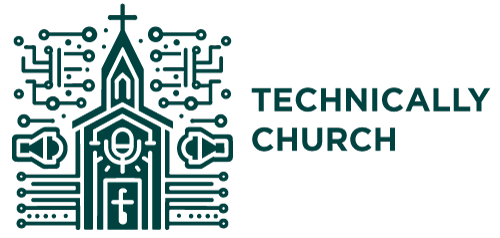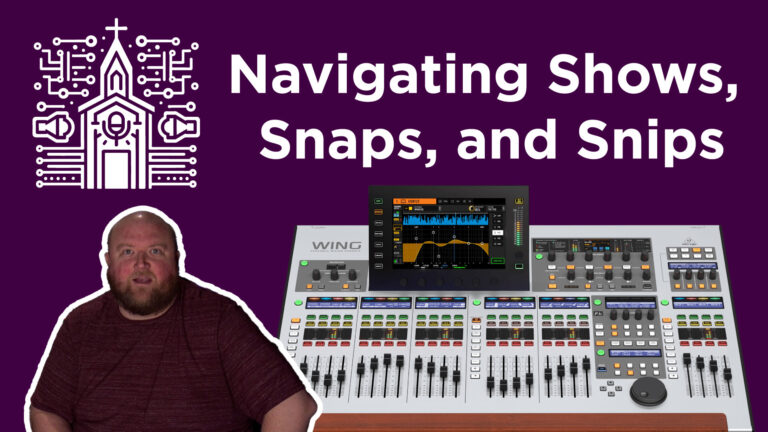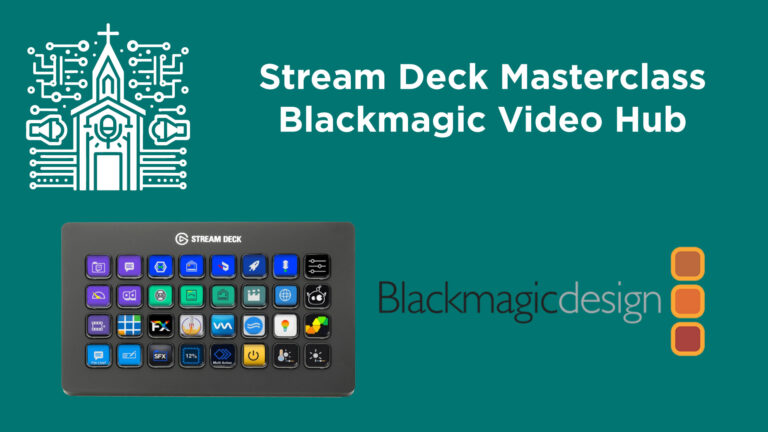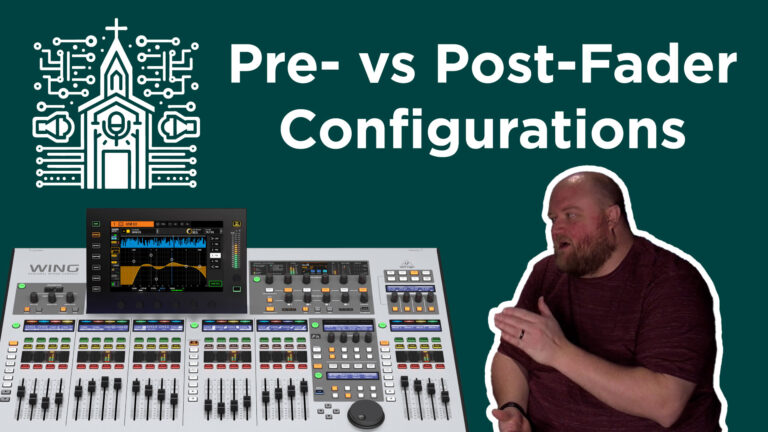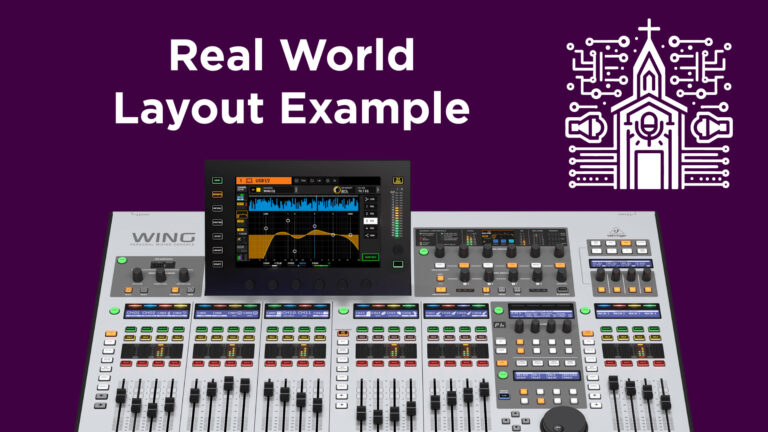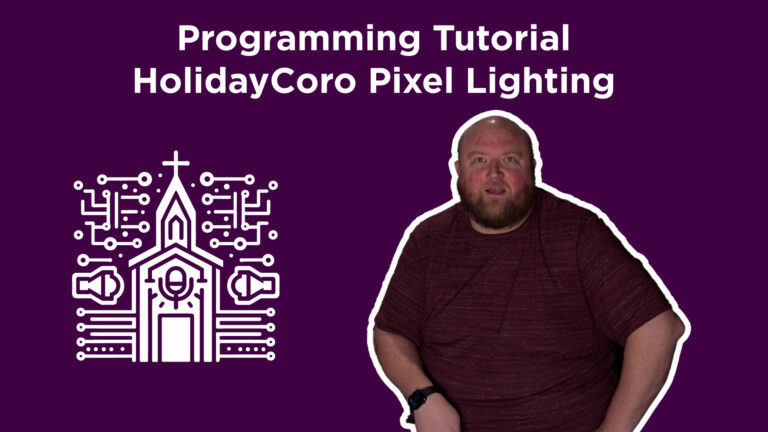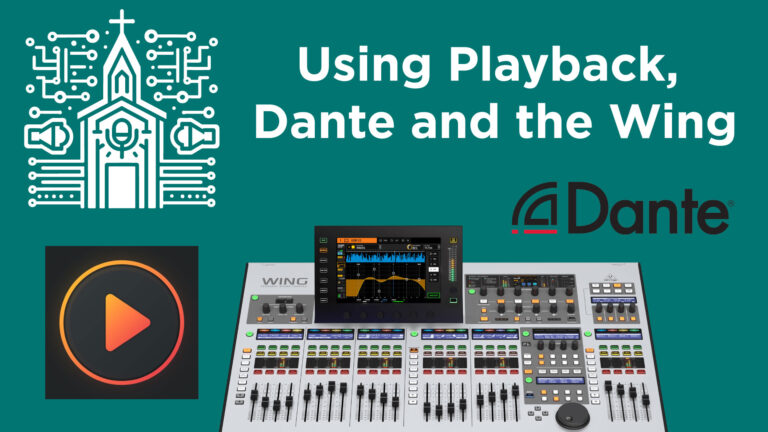Real World Example: GrandMA2 Light Programming for Church Worship
Illuminating Worship: Advanced Lighting Programming at Church with GrandMA2 and Multitracks.com
Introduction
Creating an immersive worship experience through lighting involves a blend of creativity, technology, and precise timing. At my church, the lighting setup for worship services is orchestrated using the GrandMA2 lighting console in conjunction with Multitracks.com playback, employing SMPTE time code for synchronization. This real-world example demonstrates the intricate yet rewarding process of enhancing worship through dynamic lighting.
Setting the Stage
The heart of our lighting setup is the GrandMA2 on PC, supported by three touchscreens and a Command Wing for tactile control. A third-party fader augments our setup, providing additional flexibility. The integration is facilitated by a PC, serving as the hub for our comprehensive lighting network.
Programming Philosophy
Our approach to lighting programming balances pre-recorded sequences with live operation. Each worship song is meticulously programmed into a unique sequence, containing a series of cues that outline the lighting changes throughout the song. These cues range from intros and verses to choruses and bridges, each designed to complement the musical and thematic elements of the service.
House Lights and Haze Control
The first fader page is dedicated to house lighting, controlled live during services to adjust the ambiance as needed. Subsequent pages manage the hazer settings, contributing to the visual depth and atmosphere of the worship space.
Singer Spotlights and Stage Lighting
Dedicated fader pages control individual spotlights for each singer, allowing the live operator to highlight performers as they lead in worship. Additional pages manage stage lighting, including motion lights and color changes, enriching the visual experience.
Pre-Recorded Sequences for Worship Songs
The crux of our lighting programming lies in the sequences created for each worship song. Stored on specific fader pages, these sequences are activated by SMPTE time code, ensuring precise alignment with the audio tracks from Multitracks.com playback.
Integrating Pixel Lighting and ProPresenter
Beyond the GrandMA2 console, we extend our lighting design to include pixel lighting controlled by Mad Mapper and motion backgrounds via ProPresenter. MIDI notes embedded within the GrandMA2 sequences trigger changes in these external applications, further enhancing the visual narrative of the worship service.
Recording and Playback
The programming process culminates in recording the time-coded sequences. Each song is associated with a specific time code slot, capturing every cue and transition executed during the programming phase. Upon playback, the pre-recorded sequences unfold in perfect harmony with the live music, complemented by the real-time adjustments made by our lighting operator.
Conclusion
The integration of advanced lighting control systems like the GrandMA2 with audio playback platforms and visual content software represents the forefront of worship service production. By leveraging SMPTE time code for synchronization and embracing the capabilities of external control applications, worship services can achieve a profound visual impact, creating a captivating atmosphere that enhances the spiritual experience.
